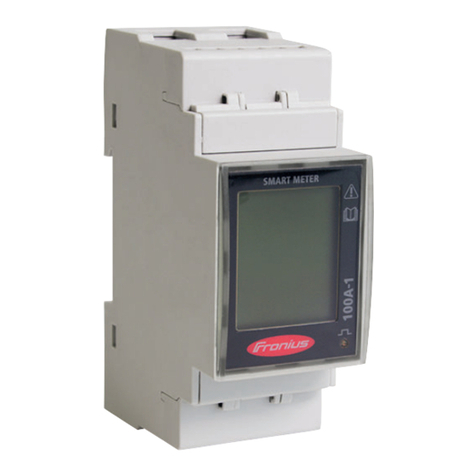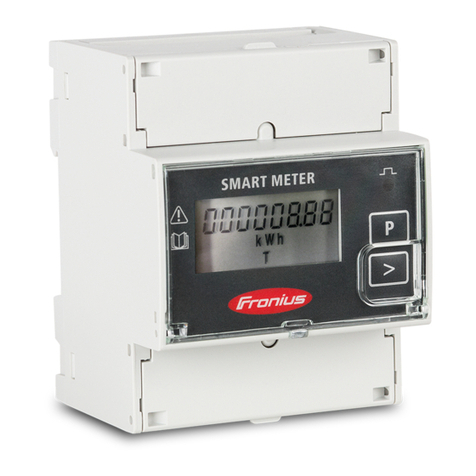FRONIUS 63A-3 User manual
Other FRONIUS Measuring Instrument manuals
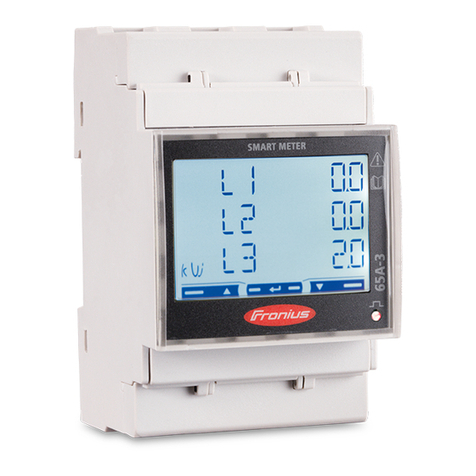
FRONIUS
FRONIUS TS 65A-3 User manual
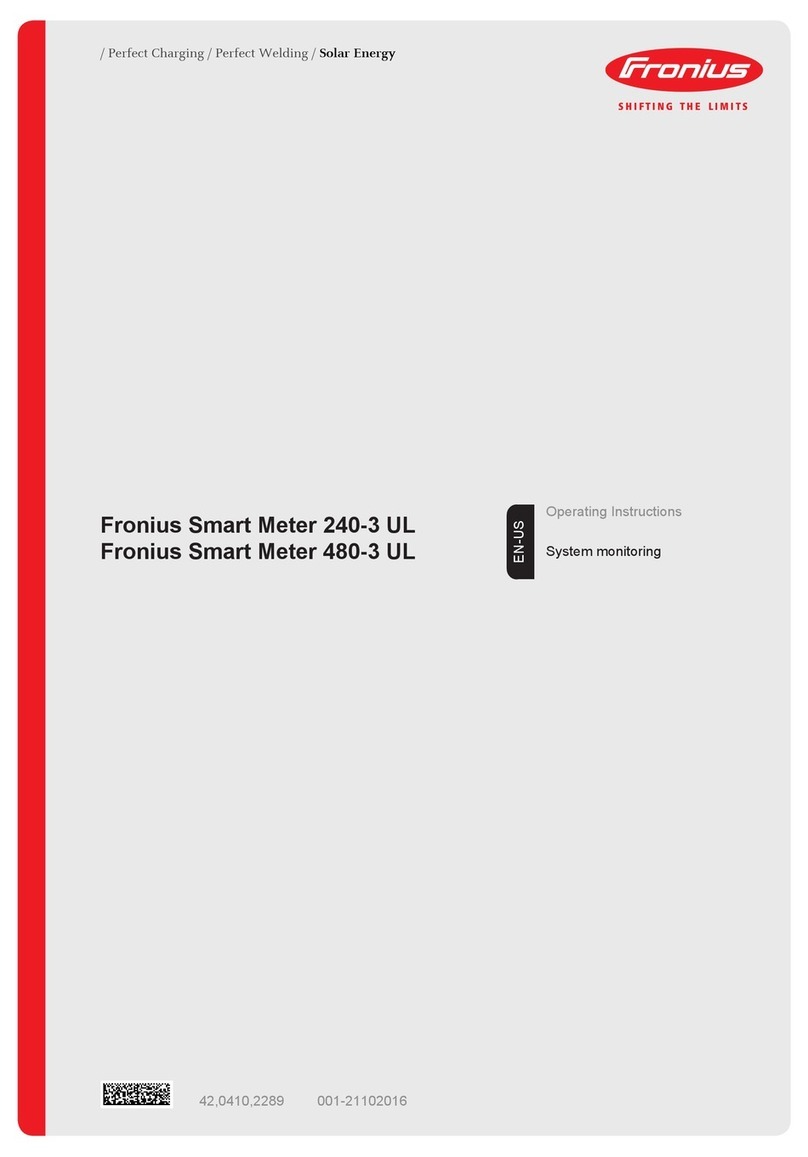
FRONIUS
FRONIUS Smart Meter 240-3 UL User manual
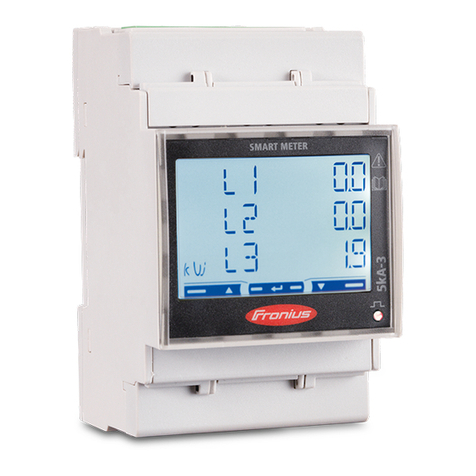
FRONIUS
FRONIUS TS 5kA-3 User manual
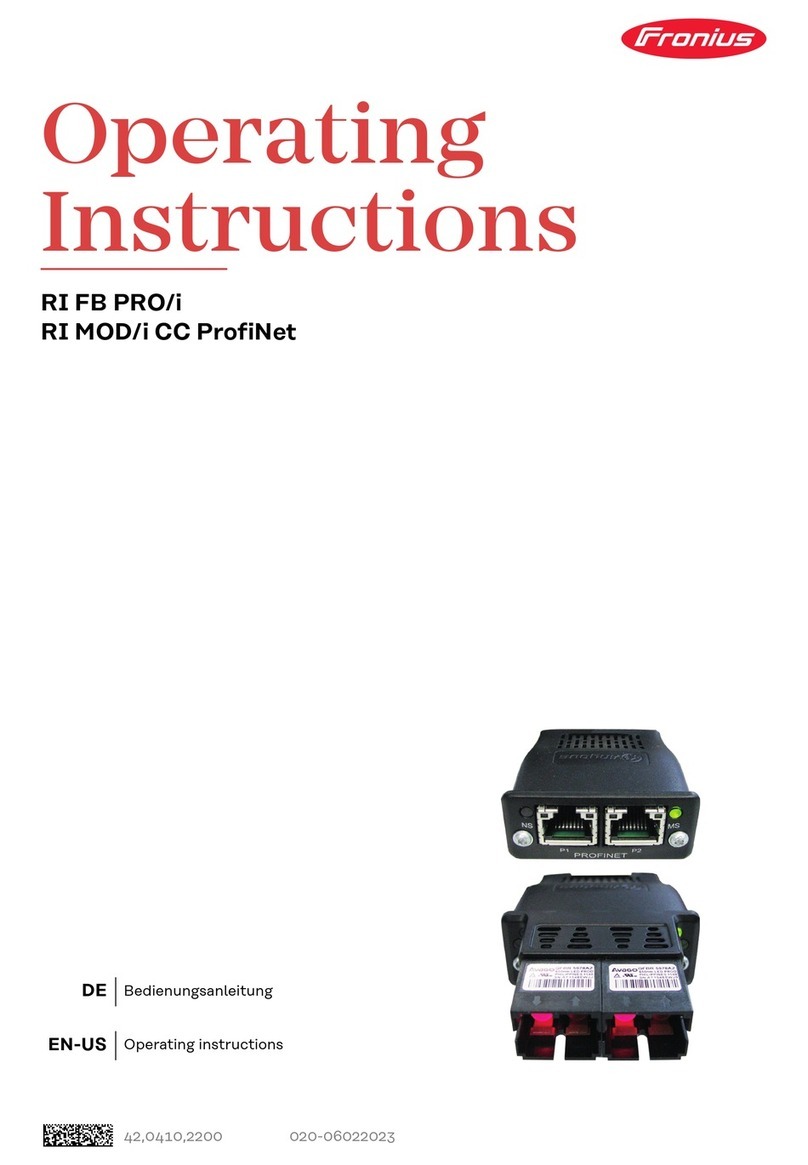
FRONIUS
FRONIUS RI FB PRO/i User manual
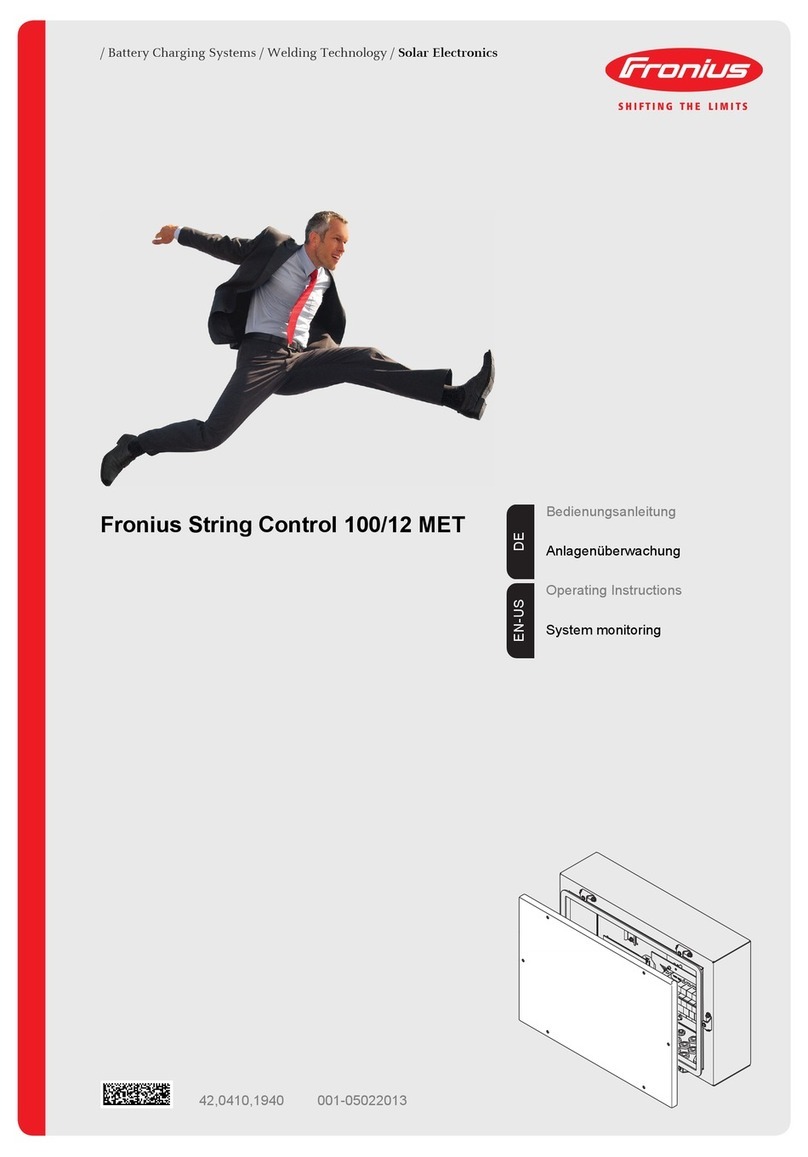
FRONIUS
FRONIUS String Control 100/12 MET User manual

FRONIUS
FRONIUS TS 5kA-3 User manual

FRONIUS
FRONIUS TS 5kA-3 User manual
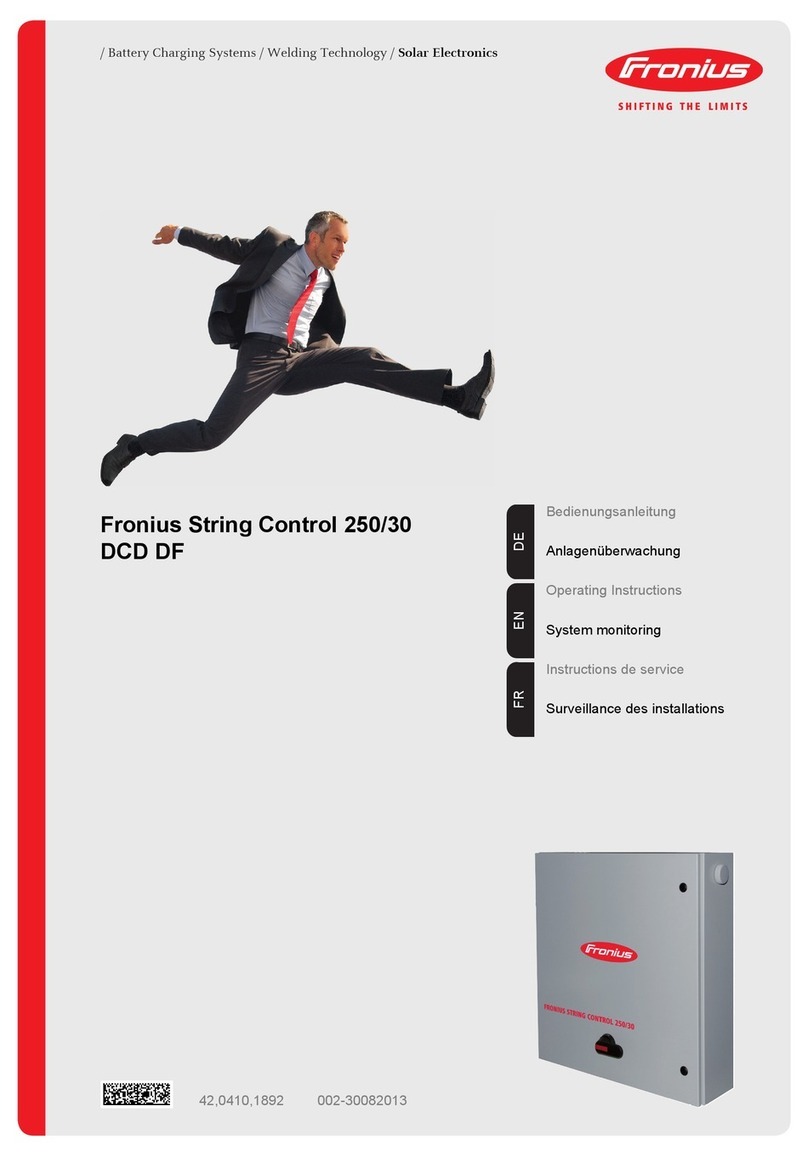
FRONIUS
FRONIUS 250/30 DCD DF User manual
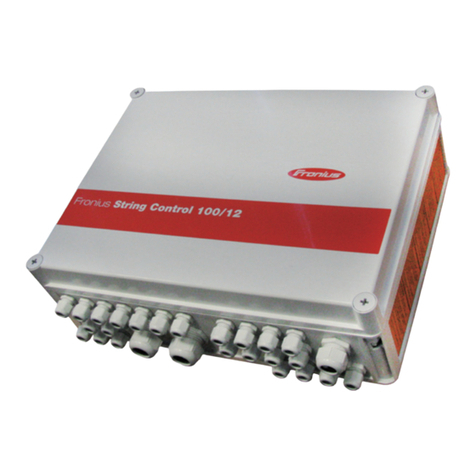
FRONIUS
FRONIUS String Control 100/12 User manual

FRONIUS
FRONIUS Smart Meter TS 5kA-3 User manual
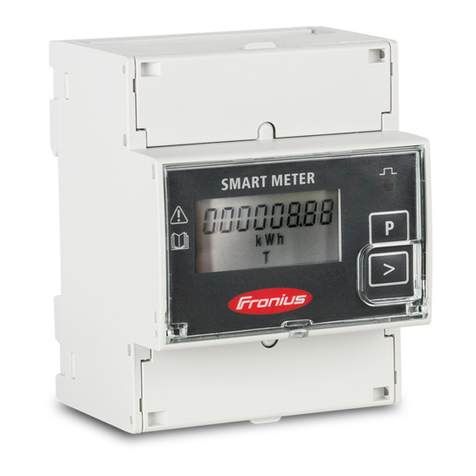
FRONIUS
FRONIUS Smart Meter 50kA-3 User manual
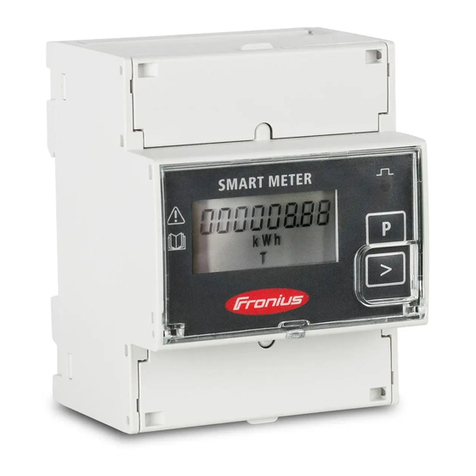
FRONIUS
FRONIUS Smart Meter 63A User manual
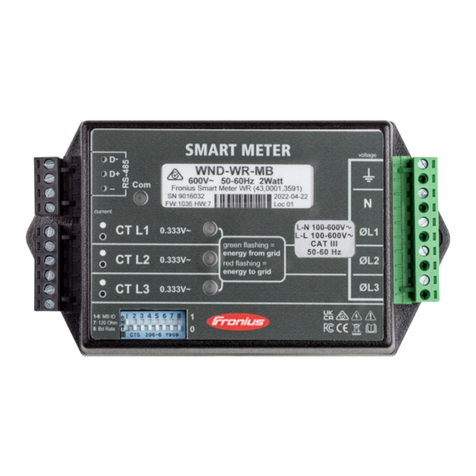
FRONIUS
FRONIUS WR User manual

FRONIUS
FRONIUS TS 65A-3 User manual

FRONIUS
FRONIUS 63A-1 User manual
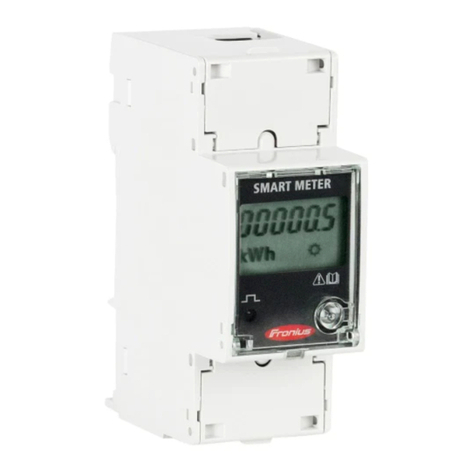
FRONIUS
FRONIUS 63A-1 User manual
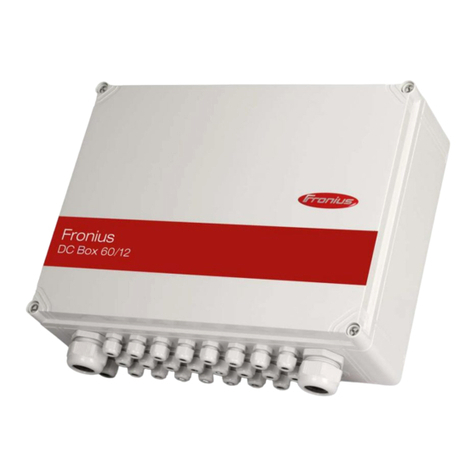
FRONIUS
FRONIUS DC Box 60/12 MET User manual
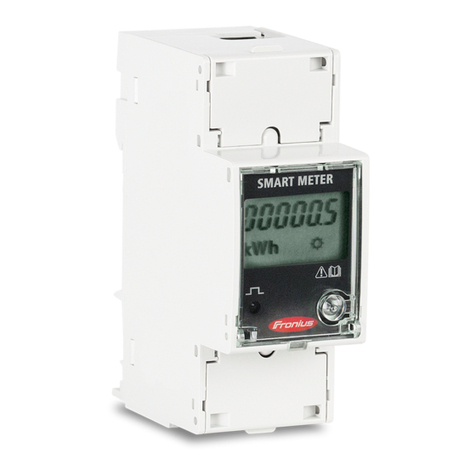
FRONIUS
FRONIUS 63A-1 User manual

FRONIUS
FRONIUS 63A-1 User manual

FRONIUS
FRONIUS Smart Meter TS 65A-3 User manual
Popular Measuring Instrument manuals by other brands

Powerfix Profi
Powerfix Profi 278296 Operation and safety notes

Test Equipment Depot
Test Equipment Depot GVT-427B user manual

Fieldpiece
Fieldpiece ACH Operator's manual

FLYSURFER
FLYSURFER VIRON3 user manual

GMW
GMW TG uni 1 operating manual

Downeaster
Downeaster Wind & Weather Medallion Series instruction manual

Hanna Instruments
Hanna Instruments HI96725C instruction manual

Nokeval
Nokeval KMR260 quick guide

HOKUYO AUTOMATIC
HOKUYO AUTOMATIC UBG-05LN instruction manual

Fluke
Fluke 96000 Series Operator's manual

Test Products International
Test Products International SP565 user manual

General Sleep
General Sleep Zmachine Insight+ DT-200 Service manual
